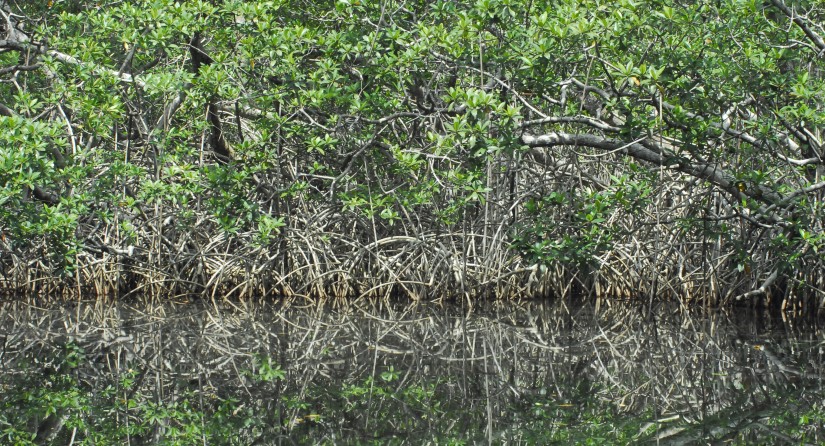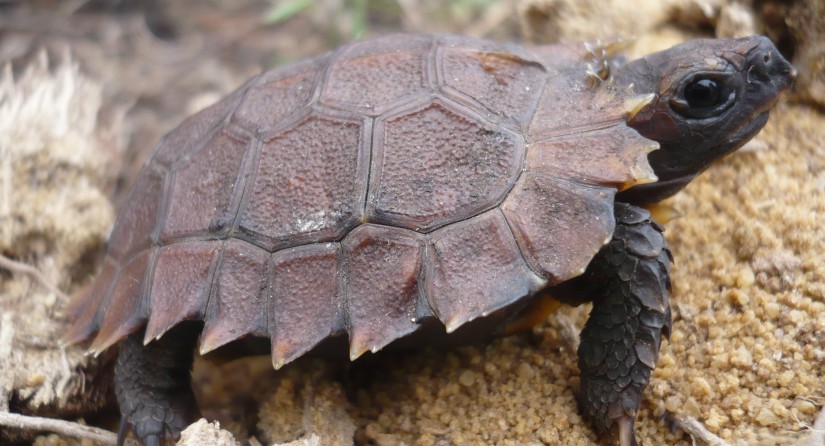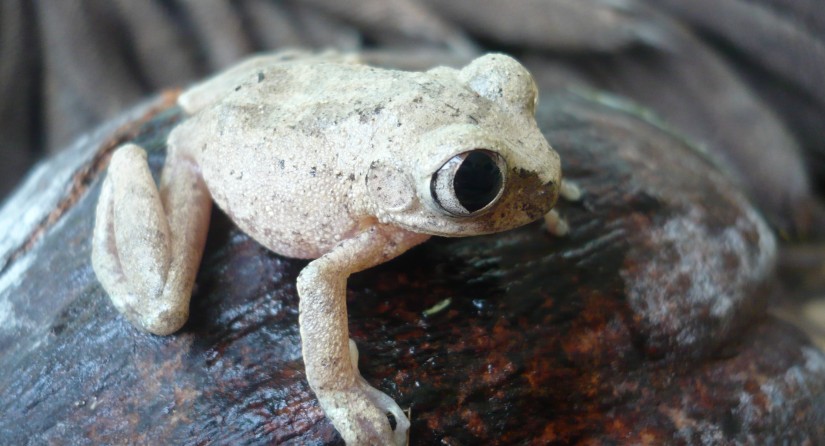New book maps key areas for Gabon's biodiversity conservation

A newly published book has mapped 35 essential regions in Gabon that require protection to conserve its unique biodiversity. The book was authored by an international team of experts, including Olivier Pauwels from the Institute of Natural Sciences. “After two decades of research, we now have a clear strategy to protect species and habitats that remain vulnerable outside the country’s national parks.”
Gabon is home to one of the most extensive and pristine rainforests in Africa, covering over 85% of the country as part of the Congo Basin, the second-largest rainforest in the world after the Amazon. Gabon's diverse habitats, including rainforests, savannas, mangroves, and rivers, are crucial for global biodiversity, supporting species such as forest elephants, gorillas, chimpanzees, hundreds of bird species, and an incredible variety of plant life.
The country has shown a strong commitment to conservation, designating about 11% of its land as national parks to protect its rich biodiversity. These 13 national parks were established twenty years ago, guided by scientific experts like reptile and amphibian specialist Olivier Pauwels, curator of the vertebrate collections of the Institute of Natural Sciences.


While the national parks have helped enormously to preserve key wildlife, they were mainly focused on protecting large mammals such as gorillas and elephants. "There are species that live outside the parks that are not sufficiently protected today. To safeguard all of Gabon's biodiversity, it is crucial to identify more zones where species can thrive under different levels of protection."
From national parks to Key Biodiversity Areas
In the new book, an international team of scientists, including many Gabonese experts, have identified 35 Key Biodiversity Areas (KBA’s). These areas are home to 188 rare and threatened species that are not adequately represented in the national parks. "We worked together with specialists from various fields—botanists, fish experts, and other zoologists—to map out these critical areas for biodiversity," Pauwels explains. "Our goal was to identify the hotspots of species in need of conservation, so that they can be better protected for the future."
The process was a collaboration of numerous institutions, including also the Missouri Botanical Garden, and the Université Libre de Bruxelles (ULB), particularly in the study of orchids and trees native to Gabon. Pauwels emphasizes that this project was made possible by international collaboration. "Gabonese scientists worked alongside experts from other countries. This kind of cooperation is essential to produce comprehensive research."
Threats to Gabon’s biodiversity
Despite the success of the national parks, Pauwels points out that Gabon’s biodiversity still faces threats. "The major issues are uncontrolled hunting and habitat destruction, primarily due to slash-and-burn agriculture. This type of farming gradually depletes forest areas, and it can take more than a century for these forests to recover," he says.
In addition to agriculture, industrial activities like logging and mining also pose risks, particularly in areas rich in natural resources such as tropical wood. "Gabon is a major exporter of tropical wood, and that’s something that needs to be carefully managed to prevent further forest degradation," Pauwels adds.


Next steps for conservation
The book outlines the legal status of each area, details the important species found there, and identifies potential risks. “For each zone, we recommend specific protections, even if they are not as strict as in national parks. The idea is to prevent activities that could damage these habitats,” Pauwels explains. “The recommendations will be different for an area along the coastline, where hotel development might be a major threat, than for an area in the mountains, where the main risks might be degradation due to logging and mining.”
Though the identified areas are not yet protected, the book serves as a guide for future actions. "These zones are the most important places for biodiversity. If there is funding and logistical support, these are the areas that should be prioritized," Pauwels says.


A roadmap for the future
The success of the national parks demonstrates that Gabon is capable of effectively preserving its natural heritage. Now, this new book provides a roadmap for the next phase of conservation, focusing on species and ecosystems outside the parks that are still vulnerable today.
Pauwels is hopeful that this new research will lead to further protection efforts. "Gabon is still in excellent condition compared to many other regions. With careful planning and management, we can ensure its biodiversity is preserved for future generations."






